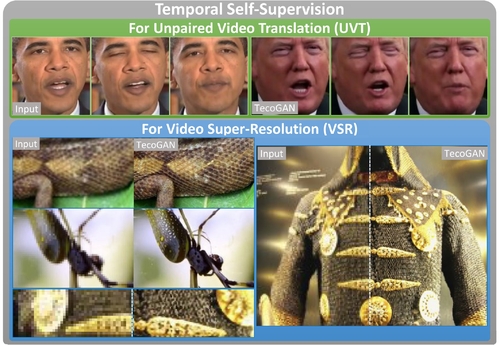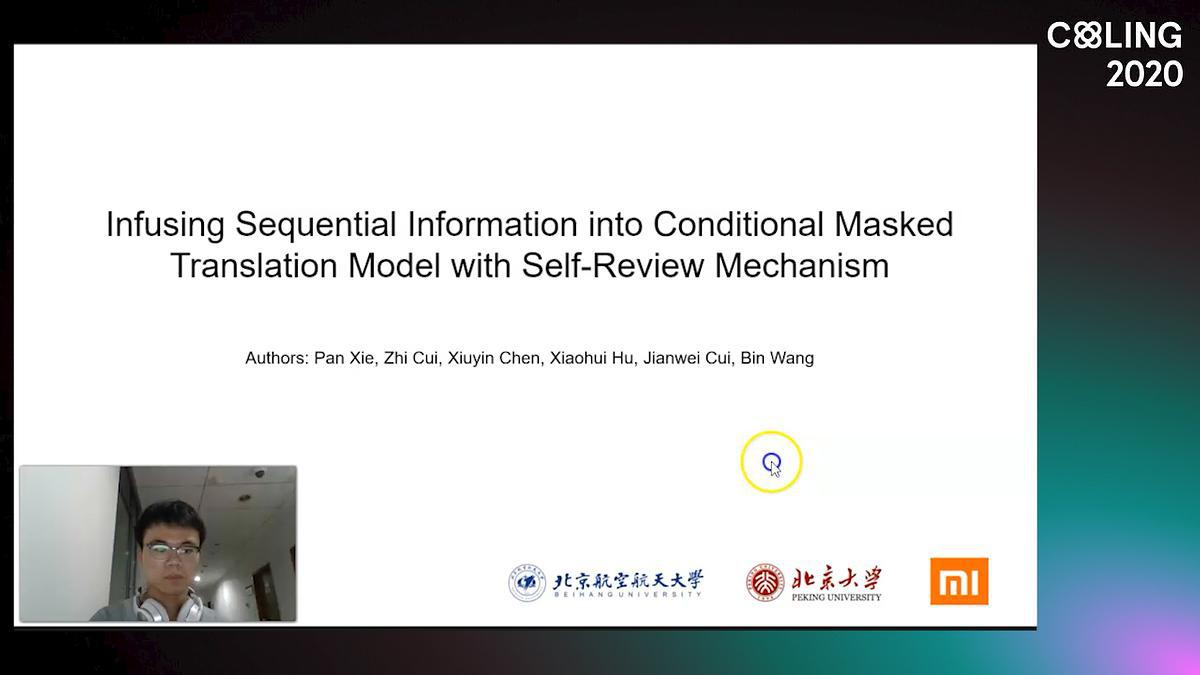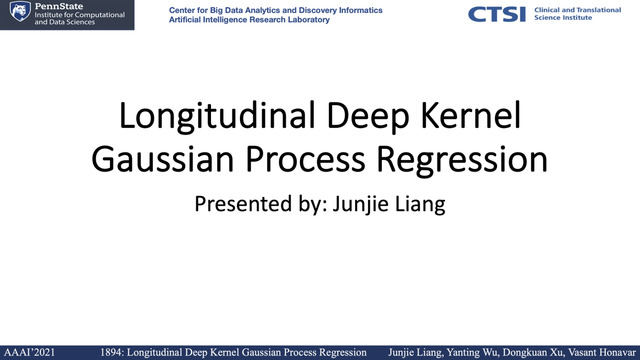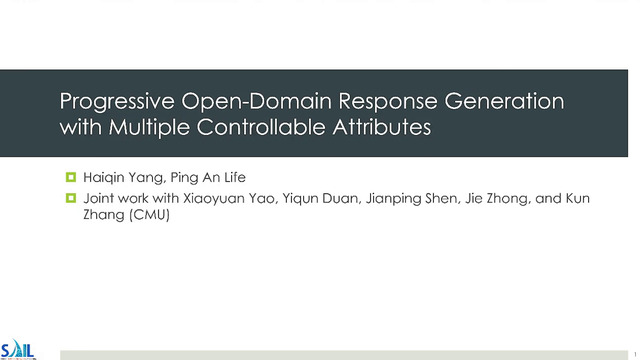Abstract:
We introduce a new way of learning to encode position information for non-recurrent models, such as Transformer models. Unlike RNN and LSTM, which contain inductive bias by loading the input tokens sequentially, non-recurrent models are less sensitive to position. The main reason is that position information among input units is not encoded inherently, i.e., they are permutation equivalent, this problem justifies why all of the existing models are accompanied by position encoding/embedding layer at the input. However, this solution has clear limitations: the sinusoidal position encoding is not flexible enough as it is manually designed and does not contain any learnable parameters, whereas the position embedding restricts the maximum length of input sequences. It is thus desirable to design a new position layer that contains learnable parameters to adjust to different datasets and different architectures. At the same time, we would also like it to extrapolate in accordance with the variable length of inputs. In our proposed solution, we borrow from the recent Neural ODE approach, which may be viewed as a versatile continuous version of a ResNet. This model is capable of modeling many kinds of dynamical systems. We model the evolution of encoded results along position index by such a dynamical system, thereby overcoming the above limitations of existing methods. We evaluate our new position layers on a variety of neural machine translation and language understanding tasks, the experimental results show consistent improvements over the baselines.









































